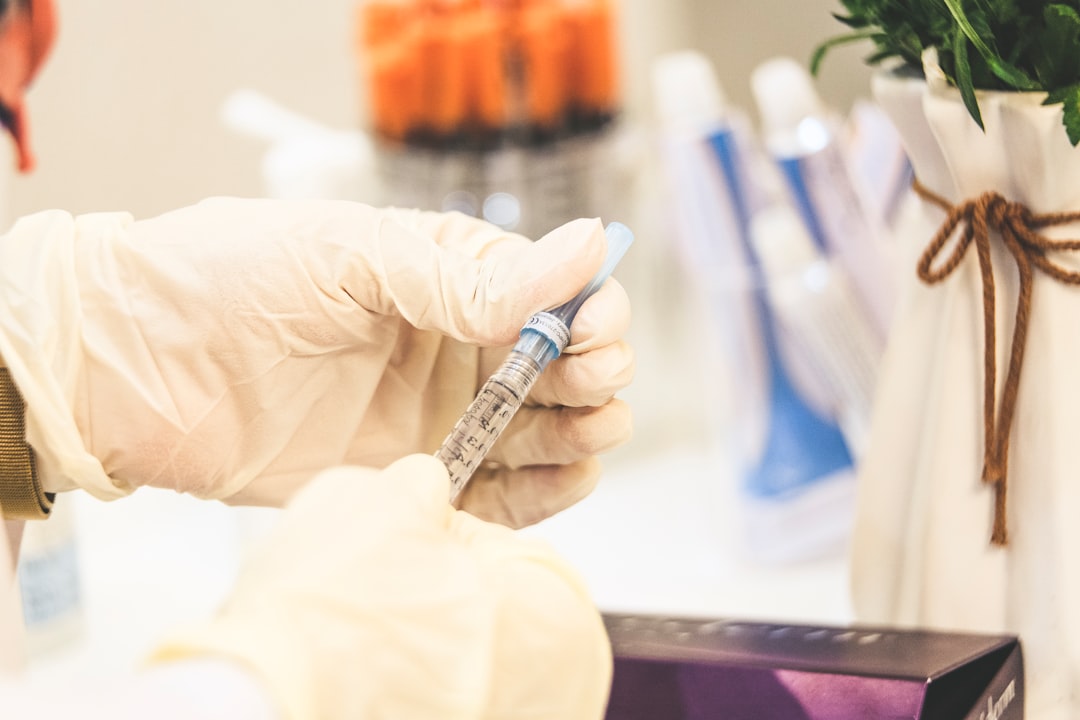What is it about?
Nonalcoholic fatty liver disease (NAFLD) represents a major burden on health systems around the world. Here, we analyzed the intra-hepatic metataxonomic signature of NAFLD patients with varying degrees of disease pathology. Overall, we found that the liver tissue contains a diverse repertoire of bacterial DNA. Across major host phenotypic differences—from moderate to severe obesity—, we identified distinctive liver microbial DNA patterns associated with key histological features such as the disease severity, liver inflammation, and fibrosis. The strongest severe disease-associated imbalance in bacterial DNA was highly linked to obesity. Whereas overabundance of Proteobacteria (Alpha or Gamma) was predominantly seen in liver specimens of non-morbidly obese patients, an overrepresentation of Peptostreptococcus, Verrucomicrobia, Actinobacteria, and Proteobacteria derived-DNA was more frequently observed in livers of morbidly obese patients. Notably, decreased amounts of bacterial DNA from the Lachnospiraceae family were associated with more severe histological features. Our study suggests that therapeutic options, including probiotic selection, should be precisely defined according to specific clinical scenarios, including features of the host phenome. The presence of lipopolysaccharide reinforces the concept.
Featured Image

Photo by CDC on Unsplash
Why is it important?
The liver bacterial DNA signature may explain differences in NAFLD pathogenic mechanisms, as well as the physiological functions of the host.
Perspectives
-Revolutionary advances in molecular and sequencing techniques have provided new avenues for enhancing our understanding of nonalcoholic fatty liver disease (NAFLD) pathogenesis. -Here, we extended the analysis of NAFLD and the disease severity beyond risk factors and histological features to include largely unknown features of the liver metataxonomic profile. -Our results may have important implications not only for unravelling the molecular basis of the disease, but also for expanding therapeutic options, including probiotic selection.
Dr Silvia Sookoian
CONICET and University of Buenos Aires
There are controversial views regarding tissue microbiotas. While not necessarily bacterial DNA resembles living bacteria, the presence of a variety of bacterial DNA, which may be originated in different guest sources, may be a trigger of inflammation and other tissular responses. Although the liver is an obvious target of bacterial constituents, mainly from the portal circulation, our study is the first report of their association with NAFLD severity depending on the degree of overweight/obesity of the patient. in this scenario, interventions either bariatric surgery and/or probiotics may be recommended according to the patient's characteristics.
Dr. Carlos Jose Pirola
Instituto de Investigaciones Medicas (UBA-CONICET)
Read the Original
This page is a summary of: Intrahepatic bacterial metataxonomic signature in non-alcoholic fatty liver disease, Gut, January 2020, BMJ,
DOI: 10.1136/gutjnl-2019-318811.
You can read the full text:
Resources
Contributors
The following have contributed to this page










